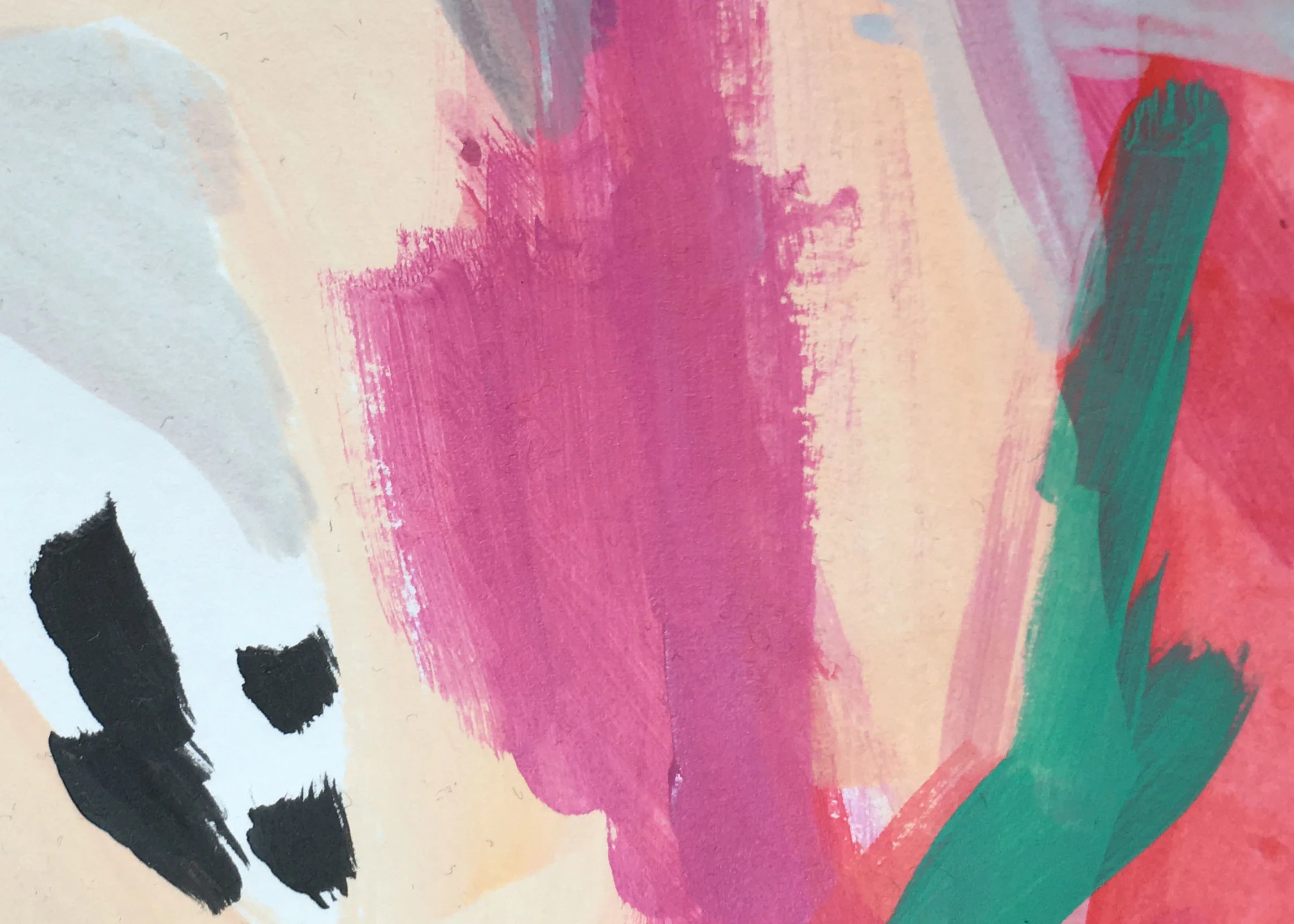This month on the blog I’m talking about a structure for thinking about your creative practice which I have borrowed from the DIY MFA writing programme and made applicable for most creative practices:
Output (Creative Work) + Input (Nourish Creativity & Skills) + Community Building = Creative Practice
In the last post I looked at Output – your artistic work, the things you create and produce. This week I’m looking at Community Building.
Build your Community
In the structure of the DIY MFA ‘community’ covers all the aspects of your creative practice that aren’t directly connected with creating your work – it’s all the auxiliary activities that support your creative practice that stop it from being unseen, isolated or ignored – it’s the engagement with the world.
Within this framework you have 3 types of community:
- Your fellow creatives & peers
- Your audience
- Influential people within your sector
Community of Creatives
It’s obvious who your peers and fellow creatives are and where you can find them; we all already have fantastic networks through social media, courses, shows, projects etc. Some people in our creative community we may never have met, some are our closest friends, confidantes and cheerleaders. But, how are you building and strengthening your creative community? It’s not enough to just follow someone on social media. How are you engaging with them? Are you connecting, starting discussions, asking questions? Communities exist to support each other – how are you supporting your community? And, in turn, are you asking them for support? See this as part of your practice – building your creative community as a chance to connect, to find people who are as passionate as you are about their work, people who you may want to work with in the future, people you can turn to when things are going not so well.
Audience Community
Your audience is distinct from your creative community. Your audience are the people who will buy your work or the people who will engage with it at shows or exhibitions. Most of the time this is not other creatives, it’s select groups within the general public.
Do you know who your audience is? Do you have a sense of who they are, where they live, what their interests are, how they find out about art/design/interiors etc.? What are their preferred media sources?
You need to understand who your audience is, where to find them, and how to connect with them in a way they enjoy. I’m afraid you can’t assume that your audience is the same as your followers on social media. There will be an overlap, of course, but if we are honest, most of us are being followed by our creative peers and other people within the sector. So, search out your audience, start to build good relationships with them. This can only strengthen your practice.
Sector Community
This community is made of the people within your sector who have influence over your practice or career. They may be gallery owners, curators, show/exhibition selectors, industry professionals, funding bodies, academics, writers, bloggers etc. anyone who has the ability to help your career or offer opportunities. You need to cultivate your relationship with this community. Don’t assume they will find you – go out and find them. Be strategic – who do you want to connect with? Why? Where can you find them? Do you need to connect via Twitter or other social media and begin a dialogue that way? Do you have anyone ‘in common’ who can introduce you? Do you need to be brave and write to them or call them? Would talking in person be the best way to build up a relationship?
Many of the opportunities in your sector will come from chance meetings and conversations as well as through official channels like jobs listings and applications. So, make sure as many of the key people in your sector are aware of you and your work. Things will follow.
What I like about the element of Community within your creative practice is that it’s not static. It’s called ‘Build your Community’ because it’s an active process. When it comes to community building it’s not enough to just know who people are. Once you’ve done your research, identified and found your communities, engage with them, be part of the conversation, be visible, support others, be generous. Contribute to your communities and they will support you back.
What could you do today to connect and interact with your 3 communities?
